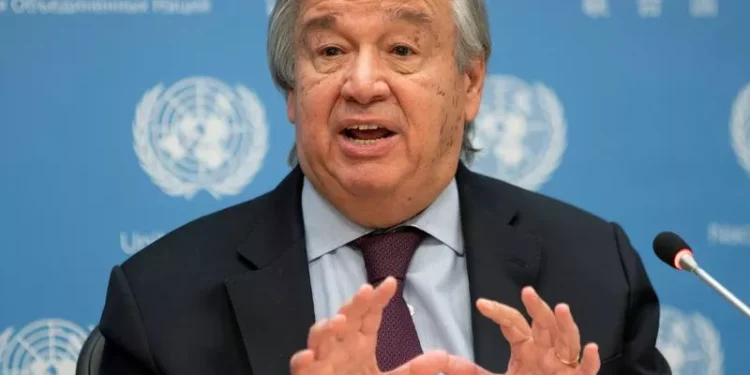In a significant development, Pakistan and India, two nuclear-armed neighbors in South Asia, have agreed to an immediate ceasefire, halting days of intense military exchanges. The announcement, made on Saturday, has been hailed as a potential turning point for peace in the region by United Nations Secretary-General António Guterres.
The ceasefire agreement follows a period of heightened tensions that began on May 6, when cross-border skirmishes escalated into the most severe military confrontation between the two nations in recent years. The conflict, which involved drone incursions and targeted strikes, resulted in significant casualties and raised fears of further escalation.
A Diplomatic Breakthrough
The breakthrough came after diplomatic efforts led by the United States, with President Donald Trump playing a key role in mediating discussions. In a statement shared on social media, Trump expressed optimism about the agreement, commending both nations for their decision to prioritize de-escalation. “This ceasefire is a testament to the power of dialogue and restraint,” he noted, urging both sides to build on this momentum.
Pakistan’s Prime Minister Shehbaz Sharif and Foreign Minister Ishaq Dar confirmed the ceasefire, emphasizing Pakistan’s commitment to fostering peace while maintaining its resolve to protect national sovereignty. Similarly, India’s External Affairs Minister S. Jaishankar acknowledged the mutual understanding to cease hostilities, signaling a willingness to reduce tensions.
UN Welcomes the Move
UN chief António Guterres described the ceasefire as a “positive step” with the potential to lay the foundation for lasting peace. His spokesperson, Stéphane Dujarric, conveyed Guterres’ hope that the agreement would create an environment conducive to addressing longstanding issues between the two countries. “The Secretary-General encourages both nations to sustain this progress through constructive dialogue,” Dujarric added.
Roots of the Conflict
The recent flare-up was triggered by a series of provocative actions, including reported drone incursions and military strikes. Pakistan’s retaliatory operation, codenamed ‘Bunyan-un-Marsoos,’ was launched in response to what it described as unprovoked aggression. India, in turn, referenced its own operation, ‘Sindhoor,’ as a defensive measure. The tit-for-tat actions underscored the deep-seated mistrust that has long characterized relations between the two neighbors.
A Path Forward
Analysts see the ceasefire as a critical opportunity to de-escalate tensions and address underlying issues, including territorial disputes and cross-border security concerns. Both nations have faced international pressure to avoid further conflict, given the catastrophic risks posed by their nuclear capabilities.
As the region breathes a collective sigh of relief, the focus now shifts to whether Pakistan and India can sustain this fragile truce and engage in meaningful dialogue. The international community, including the UN and major global powers, is likely to continue supporting efforts to ensure stability in South Asia.
For now, the ceasefire stands as a beacon of hope, with the potential to reshape the future of Pakistan-India relations.

















































